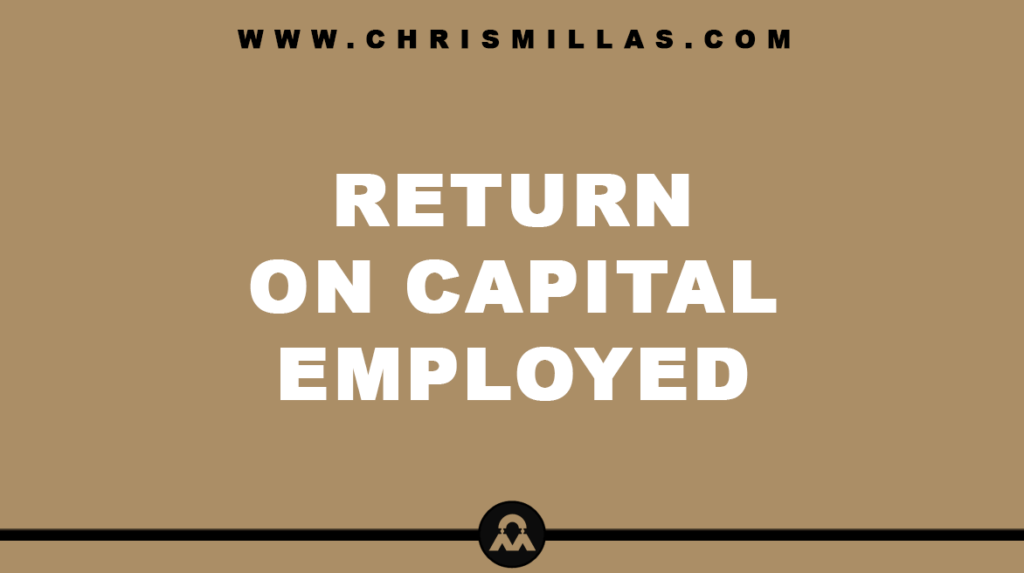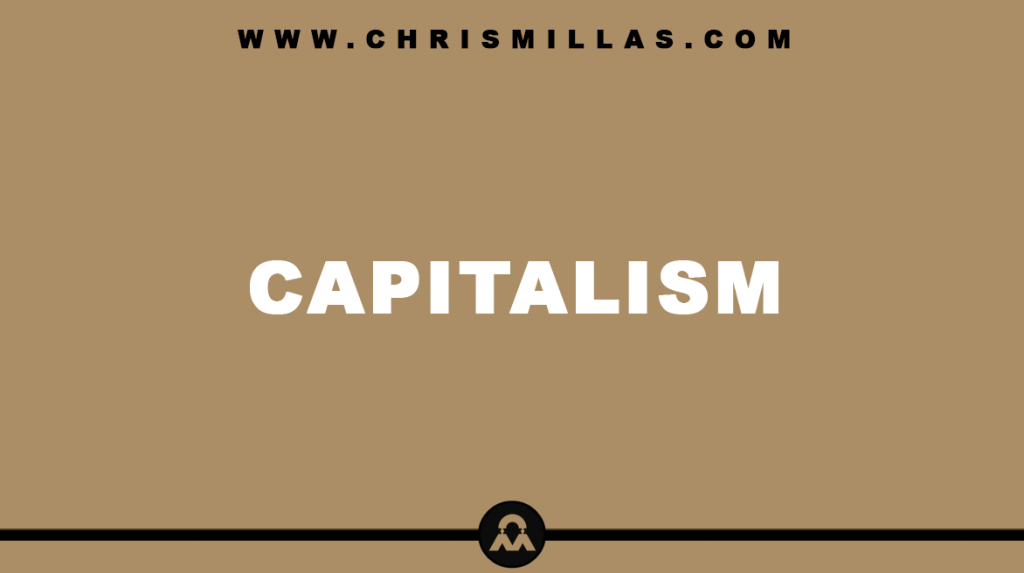In this post, we’ll summarise the main points from the book The Changing World Order written by renowned investor Ray Dalio, which looks at past history of the rise and fall of empires and uses it as a way to create a map of the future.
What Is An Order?
An Order is a governing system for people dealing with eachother.
There are three types of orders:
- Internal Orders are governing systems that apply to those within nations typically laid out in constitutions.
- External Orders are governing systems that apply to those between nations typically laid out in treaties.
- World Orders are governing systems that apply to the whole world.
These orders influence each other and are in constant flux.
The Changing World Order In Brief
All empires follow timeless and universal overlapping cycles that last roughly 250 years. Dalio terms this The Big Cycle.
The Big Cycle includes the long-term debt cycle which lasts roughly 100 years, the short-term debt cycle which lasts roughly 8 years and transition periods which last 10-20 years.
All Big Cycles are the same, but different. In the words of Mark Twain, “History doesn’t repeat itself, but if often rhymes.” They are the same in the sense that nations still rise and fall due to human nature (we still deal with fear, greed and jealousy as we have done since the dawn of time), but they are different in the sense that over time, people increase their wealth due to technology.
Increased wealth is due to increased human productivity, which is characterised by output per person and is driven by knowledge. The more we produce, the richer we get.
Why? Because of evolution. Evolution is the upward movement toward improvement that occurs because of adaptation and learning and is the single force that persists across time.
However, productivity is not the cause of changing empires; boom, busts, revolutions and wars are.
Broadly speaking, The Big Cycle consists of three phases:
- Firstly, The Rise which is characterised by a period of construction and marks the beginning of an empire.
- Secondly, The Top which is characterised by a period of excess and marks the peak of an empire.
- Thirdly, The Fall which is characterised by a period of destruction and marks the ending of an empire.
The swings between the rise and falls of empires is the rule, not the exception.
The Rise & Fall Of Empires Summary
The rise, top and fall of an empire can be summarised by the following determinants:
Rise
- Education
- Innovation & Technology
- Global Competitiveness
- Economic Output
- World Trade Share
- Military Strength
- Financial Centre Strength
- Reserve Currency Status
Top
- Less Productive
- Overextended
- Losing Competitiveness
- Wealth Gaps
Fall
- Large Debts
- Printing Money
- Internal Conflict
- Loss Of Reserve Currency
- Weak Leadership
- Civil War & Revolution
By looking at the determinants of a nation, we can assess its strength relative to the past, present and future and understand where it stands relative to the world order.
“The empire, long divided, must unite; long united, must divide. Thus it has ever been.” ― Luo Guanzhong
The 5 Forces That Drive The Changing World Order
Ray Dalio identifies 5 major forces that drive the rise and fall of nations in the context of Changing World Orders.
- Debt & Financial Cycles: Large accumulations of debt and the handling of financial crises can destabilise nations.
- Internal Conflict: Political and social divisions within a country can lead to decreased stability and economic challenges.
- External Conflict: Competition and conflict with other nations over economic, geopolitical or military interests can influence a nation’s power.
- Acts Of Nature: Environmental changes and natural disasters can drastically affect a nation’s economy and stability.
- Technology & Innovation: Advances in technology can shift economic power and productivity, influencing a nation’s global standing.
The 3 Phases Of The Changing World Order
The Changing World Order consists of three phases: the rise, the top and the fall.
The Rise
The first phase in Dalio’s model ― The Rise ― is characterised by a period of construction and marks the beginning of an empire.
During this period, debt is at its lowest and used strategically for growth, internal conflict is at its lowest due to strong national unity and effective leadership, external conflict is at its lowest as the nation strengthens its position and forms strategic alliances and innovation and technology are increasing, providing a competitive edge in various domains.
The Top
The second phase in Dalio’s model ― The Top ― is characterised by a period of excess and marks the peak of an empire.
During this period, debt is increasing as the nation borrows to sustain growth and maintain its expansive lifestyle, internal conflict is increasing due to wealth disparities and political polarisation, external conflict is increasing as other nations challenge its supremacy or as it engages in overreach and innovation and technology have the most impact but may see diminishing returns relative to the investments made.
The Fall
The third phase in Dalio’s model ― The Fall ― is characterised by internal economic weakness together with war (either civil or international or both). Typically, a nation’s fall comes gradually and then suddenly.
During this period, debt is at its highest and often unmanageable, leading to financial crises, internal conflict is at its highest, with potential civil unrest or severe political crises destabilising the nation, external conflict is at its highest as external powers take advantage of the nation’s weaknesses or as the nation struggles to maintain its fading influence and innovation and technology have the least impact, further weakening the nation’s position.
3 Phases Table Summary
| The Rise | The Top | The Fall | |
|---|---|---|---|
| Debt | Lowest | Increasing | Highest |
| Internal Conflict | Lowest | Increasing | Highest |
| External Conflict | Lowest | Increasing | Highest |
| Innovation & Tech | Increasing | Most Impact | Least Impact |
The Future
Just like we can assess an individual’s health by measuring specific physical determinants, we can assess a nation’s health, relative to the Changing World Order, by measuring specific financial and social determinants.
By using past history to understand the dynamics of Changing World Orders and by knowing the health of individual nations, we can both anticipate and navigate the future more effectively.
“The farther back you can look, the farther forward you are likely to see.” — Winston Churchill
Summary (TL;DR)
The Changing World Order looks at the history of civilisations to determine why nations succeed and fail. It provides us with a blueprint for the development of an empire and a manual against its decadence.
The Changing World Order consists of three phases; The Rise, The Top and The Fall. The Rise is marked by strong economic and social conditions. The Top is marked by excess. The Fall is marked by weak economic and social conditions. A shift then occurs from one world order to another when a new rising power becomes stronger than the falling one.
History has shown all countries’ success depends on sustaining the strengthening forces without producing the excess that leads to their fall.
We can use the knowledge of how empires rise and fall to anticipate and navigate the future more effectively.







